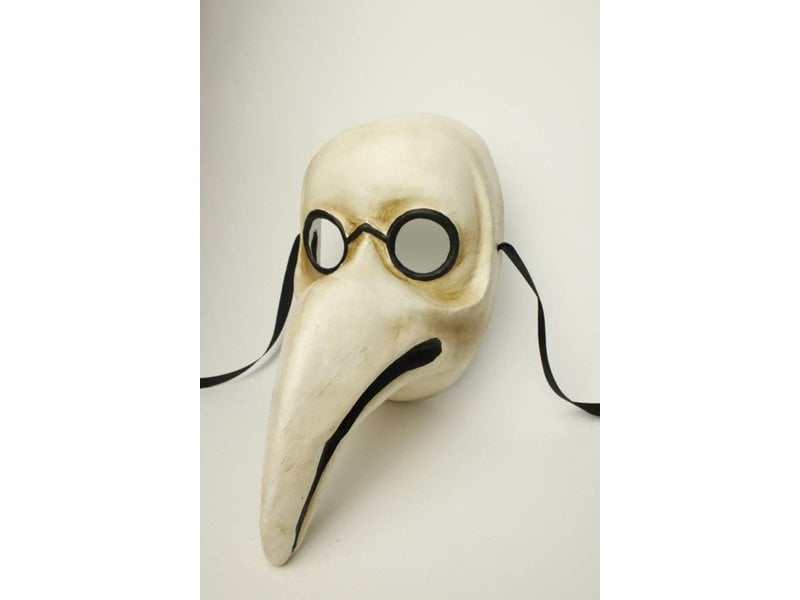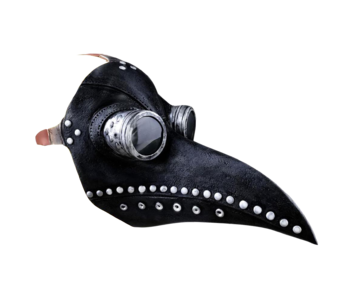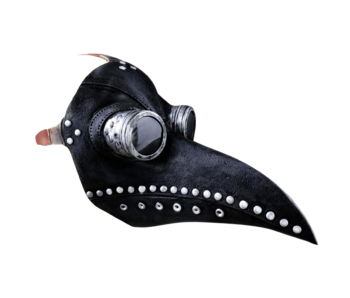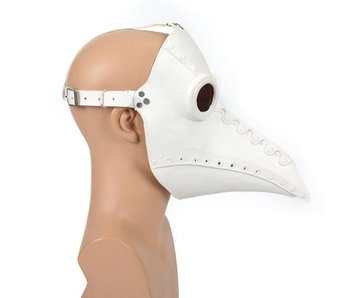Venetian mask 'Doctor Pest'
Doctor Plague: A mask with a story
This iconic long nose Venetian design is rarely available in Europe and a limited production. This mask is handmade and beautifully shaped with a long beak. The original colors have been used.
The Plague Master
The mask is inspired by the medieval profession 'Pest master' which originated in Italy. A plague master was an official appointed by the local government to take care of plague victims. He mainly served in times of epidemics.
The plague, also called Black Death, is a disease that was common in Europe from the 14th to the 19th century and caused enormous numbers of victims. Initially, the sick were treated by ordinary doctors, but no herbs were washed against the disease. In some years, so many people became ill that special plague masters were appointed. These pestilighters were especially active when an epidemic occurred. It was not easy to find bullies; not many people were willing to risk their lives for a meagre wage.
Isolating the sick
The plague masters visited the sick to see if they were affected by the plague. Their task was above all to isolate the plague victims so that they could not infect others. It was not known at the time that the black rat's fleas were used to infect them. The treatments of the plague masters usually did not amount to much.
Mask as protection against the plague
A plague master is sometimes depicted in special protective clothing consisting of a hat, a mask with glass eyes, a wooden stick (to push away sick people who came too close), large leather gloves, long leather boots and a long waxed cape. The penguin-like mask would have been filled with herbs and spices to purify the air, because they thought the plague was spreading through the air. Although bubonic plague infection from person to person is not possible (unless by a flea), the clothing could have protected the pestilight masters - the complete covering also made sure fleas couldn't jump on the pestilence masters, because of this covering, the infected people could touch the pestilence masters without being infected. In other variants, such as pneumonic plague, infection by coughing or sneezing is possible, but even there the clothing may have provided some protection. However, it is not certain whether this sample was actually worn. It could also be a satirical representation of a figure from the commedia dell'arte. From before 1600 there are no descriptions or images of it known.

















